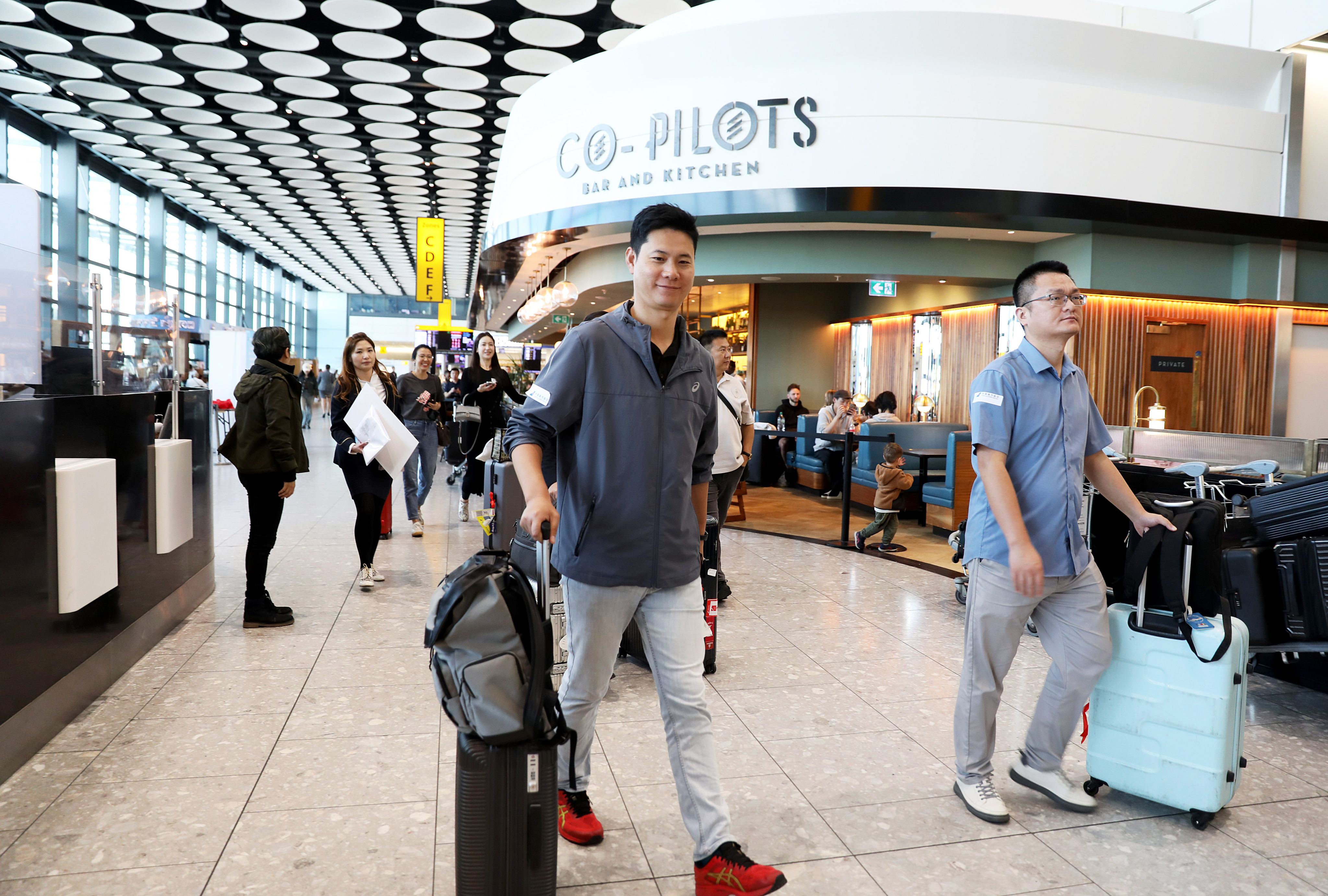China’s civil aviation industry is still running at a loss, having been one of the hardest hit during the coronavirus pandemic, and is calling for government support as the ghosts of Beijing’s zero-Covid policy over the past three years continue to haunt the world’s second-largest economy.
The struggles of the state-controlled industry, despite being among the first to recover from the pandemic, are in stark contrast with the rapid rebound seen in other services sectors and serve to reinforce market worries of an uneven recovery for an economy that is losing steam.
Unlike their foreign peers, Chinese airlines are faced with complicated domestic and external challenges, including the growing competition from the country’s massive high-speed rail network and the increasingly complicated geopolitical climate, industry leaders said at a seminar hosted by the China Air Transport Association (CATA) last week.
The number of flights on the China-US route will be hard-pressed to achieve significant growth by the end of the year, said an article published by the CATA on Monday.
The prospects for Japan and [South] Korea routes are not optimistic, due to geopolitical factors in the next few years.
The association pointed out that unfavourable factors have hindered the recovery process of international routes, which are some of the most profitable business segments, citing geopolitical tensions, trade frictions, insufficient key resources at overseas airports and visa processing.
The waiting time for visa applications can stretch into months, and the number of outbound flights in May recovered to less than one-third of the level in the same period in 2019, the association said.
European and Southeast Asian routes are also restricted due to the capacity constraints of overseas airports, the CATA added.
The number of flights between China and the US also still significantly lags behind what was seen before the pandemic- an issue discussed between US Secretary of State Antony Blinken and Chinese Foreign Minister Qin Gang earlier this week.
Starting from May 30, the number of direct flights between China and the US finally increased to 24 round trips per week, having plunged from more than 300 direct flights per week.
But a large number of passengers travelling between China and the US still need to rely on connecting flights.
Chinese airlines have continued to incur overall losses in the second quarter, faced with other operational pressures, including fuel-price increases and yuan depreciation.
The diversion from the high-speed train has a notable effect on civil aviation operations, especially for medium- and short-haul routes
Domestic passenger traffic has still witnessed a robust recovery, exceeding pre-pandemic levels in April and May, as people are eager to travel, in line with the rally seen across other service sectors.
Domestic flight bookings for the three-day Dragon Boat Festival that starts on Thursday grew by more than twofold as of Monday, according to a report published by an online flight services app.
However, the diversion from the high-speed train has a notable effect on civil aviation operations, especially for medium- and short-haul routes, CATA added.
The Beijing-Shanghai air route, one of the busiest in the world, has not yet seen its passenger traffic recover to the levels seen in the same period in 2019.
Tags: air passenger traffic, Aviation industry, China Air Transport Association (CATA), Qin Gang, Chinese airlines, civil aviation, coronavirus pandemic, Domestic passenger, flight bookings, international routes, outbound flights, passenger traffic, rail networks, zero-Covid policy
